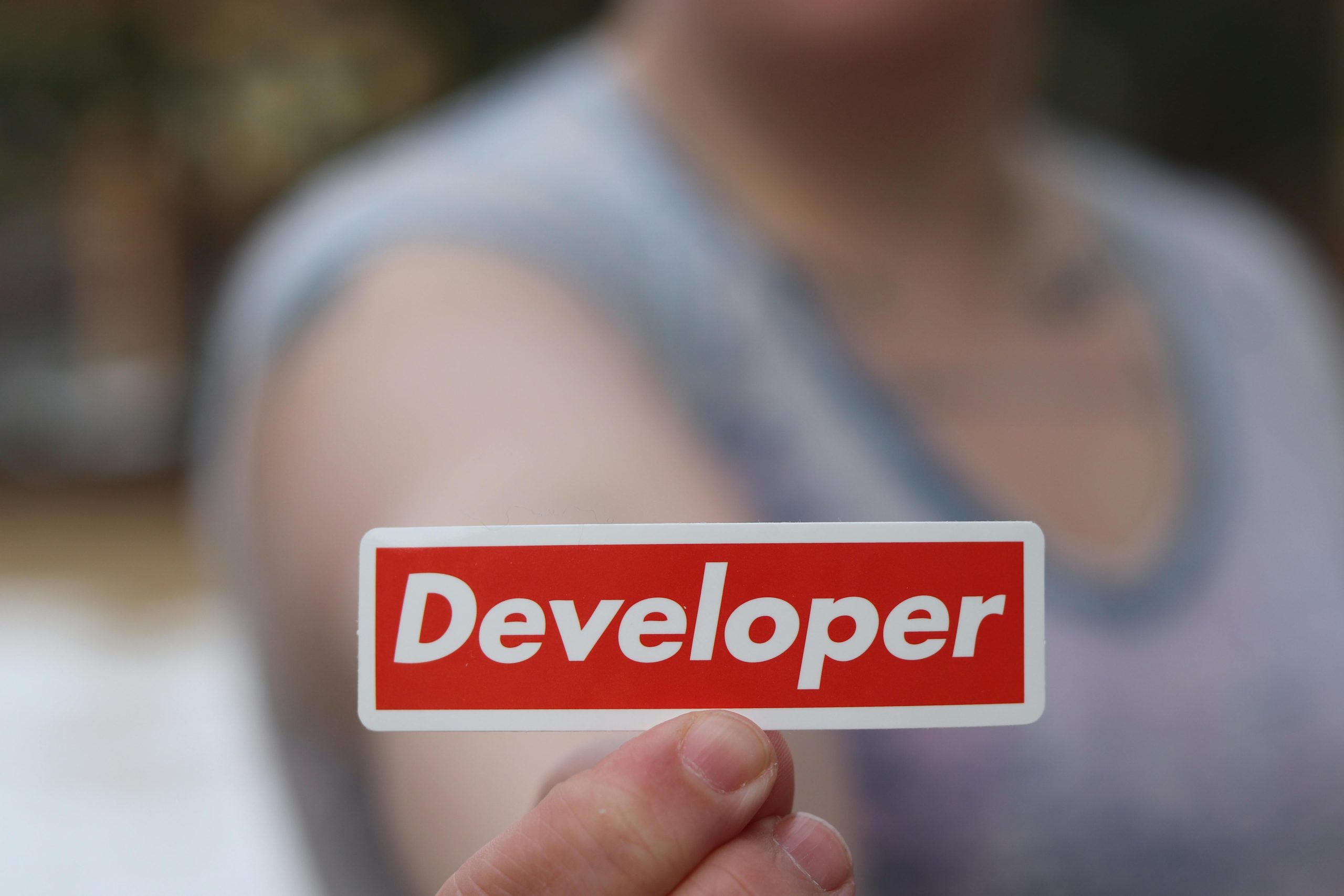Evaluating the Effectiveness of Large Language Models in Solving Simple Programming Tasks A User-Cen
Title: Enhancing Programming Learning with Large Language Models: Insights from Recent Research
Understanding how artificial intelligence can support beginners in programming is an evolving field. A recent scholarly investigation titled “Assessing the Impact of Large Language Models on Simple Coding Tasks: A User-Centered Perspective” by researcher Kai Deng offers valuable insights into this dynamic.
This study explores how different ways users interact with advanced AI tools like ChatGPT-4 influence their ability to grasp and complete straightforward programming exercises. The findings shed light on effective strategies for integrating AI into educational environments.
Key Takeaways from the Study
-
Interaction Style Significantly Influences Outcomes
Engaging in a collaborative dialogue with the AI—where the system responds to user prompts and encourages exploration—leads to faster completion of coding tasks. Conversely, passive interactions (waiting for responses) or automatic suggestions without user solicitation tend to be less effective. -
Enhanced User Experience and Satisfaction
Participants reported greater satisfaction and found the AI’s support more helpful when they engaged in an interactive, conversational manner. This indicates that fostering a two-way exchange can boost confidence and motivation. -
Performance and Educational Benefits
A collaborative approach not only accelerates task completion but also creates a more engaging learning environment. This demonstrates that AI tools designed for dialogue can be more beneficial than simple information delivery models. -
Psychological and Pedagogical Considerations
Effective AI design extends beyond technical capabilities. Ensuring systems are responsive to user needs—especially for beginners—can build trust and encourage perseverance in learning complex skills like programming. -
Guidance for Future Educational AI Tools
The research emphasizes the importance of interaction design that promotes dialogue, exploration, and user engagement. Such strategies are crucial for educational platforms aiming to support novice programmers effectively.
For those interested in the detailed findings, you can explore the full analysis here: Full Article
And for the original scholarly paper, visit: Research Paper
In conclusion, integrating large language models into learning environments holds great promise—especially when interactions are thoughtfully designed to foster engagement and confidence. As AI continues to evolve, its role in shaping accessible, personalized programming education is poised to expand significantly.














Post Comment